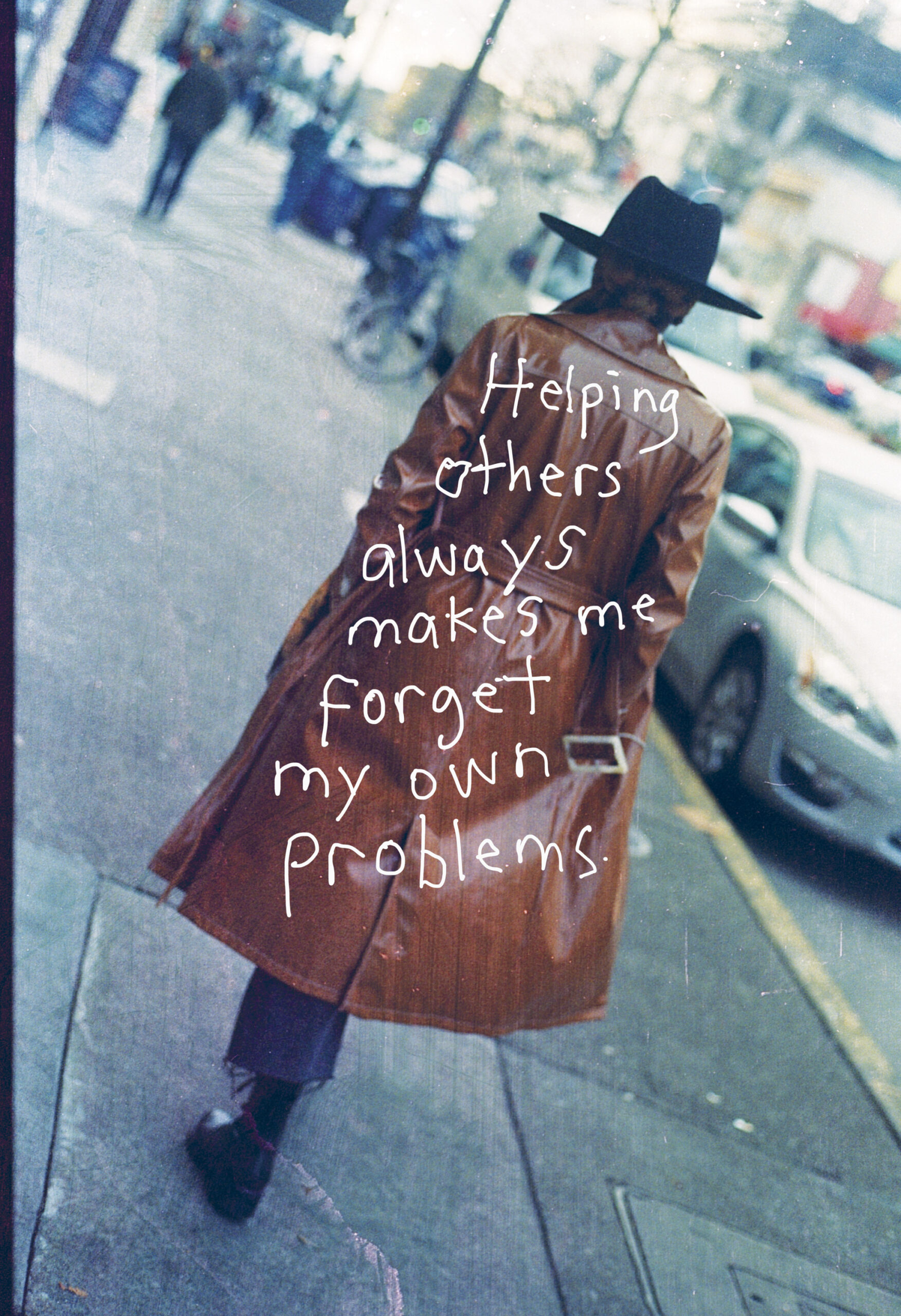They call it mixed media: and when I say “they,” I mean art curators, buyers, gallerists, etc. That’s what you’d call the work of photographer Geloy Concepcion if you were trying to classify it. Folks who wouldn’t know better might mistake it for a meme. But Geloy’s work took shape after he asked his followers on Instagram about things unsaid. “Reading and knowing people’s struggles makes me more considerate when meeting other people on a daily basis,” he says in an interview with the Phoblographer. “Doing the artworks is therapeutic because of the idea that once I publish them, there’s a chance that it’s gonna help someone. That kinda keeps me going.”
All images by Geloy Concepcion. Used with permission. Please visit his Instagram and check out the book.
Table of Contents
The Start
Geloy first wanted to be an illustrator for Cartoon Network. That eventually evolved into wanting to be a tattoo artist, then to study fine arts. From there he got into graffiti, street art, and painting. But when he traveled, he wanted to share the stories of the people he met. That’s hard to do through painting; and so he took up photography.
“I mostly shoot film,” says Geloy. “For 35, I have a Leica m6, with a 28mm lens. And for my medium format I use a TLR.” He loves the square format. And more importantly, he feels that a 28mm lens lets him travel light to tell stories. All of this is only part of the larger picture around mental health.
“…the wide lens makes me bring my audience with me on the scene.”
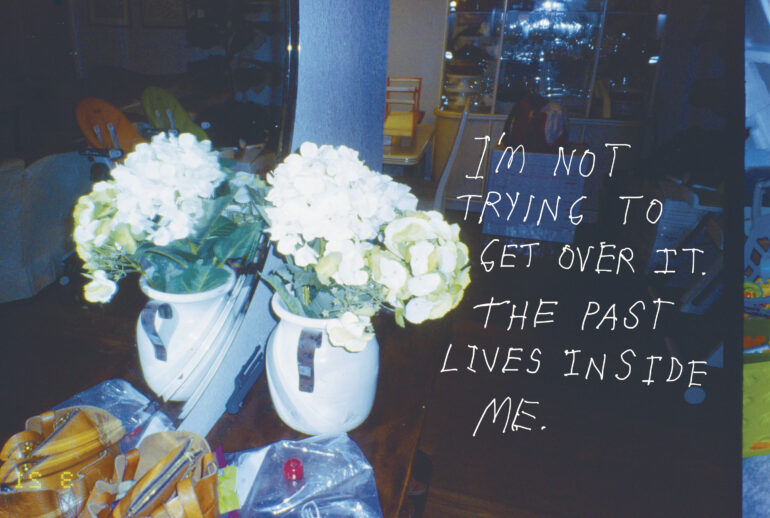
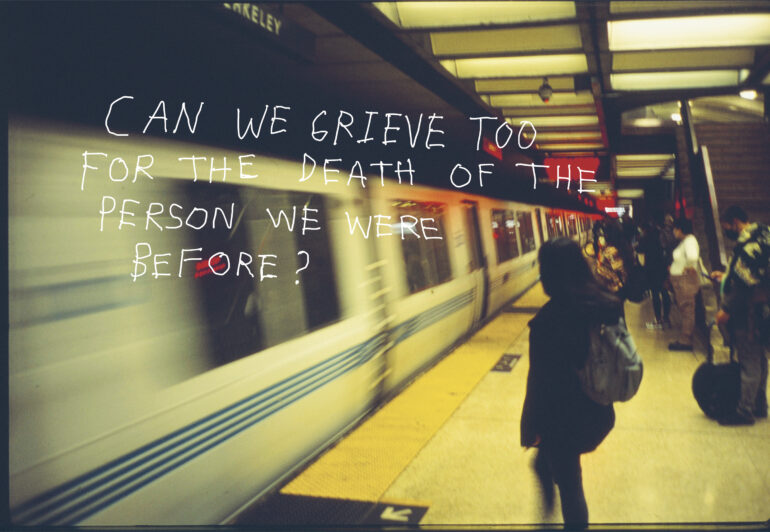
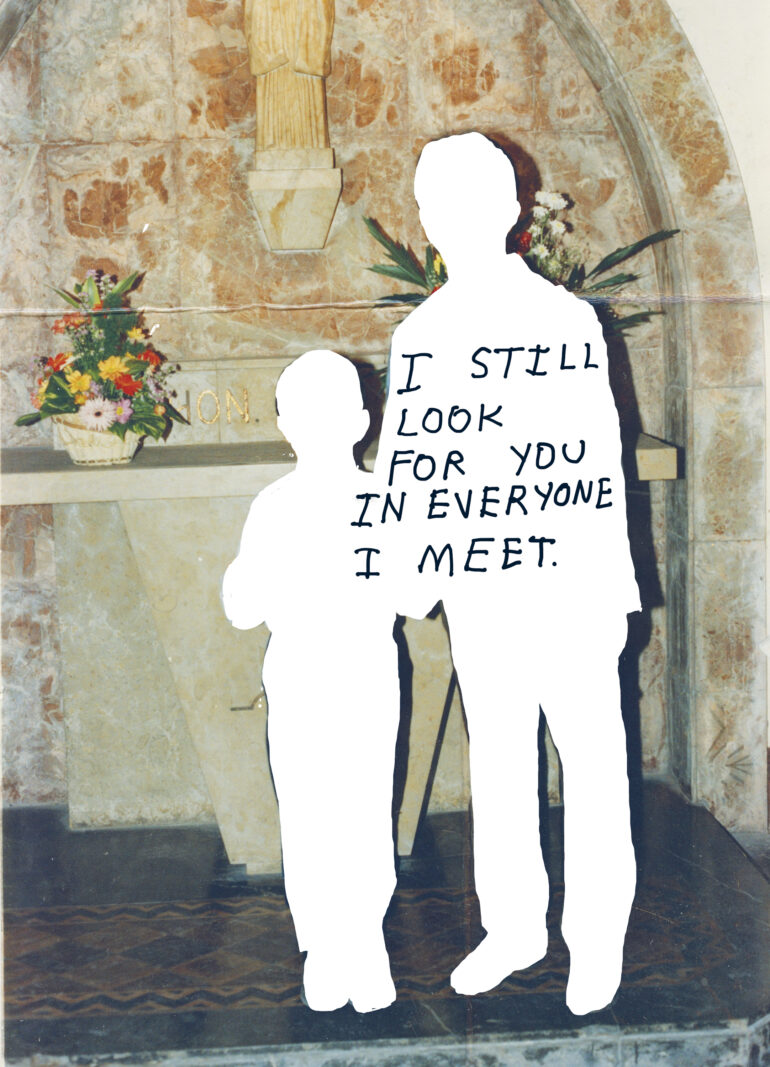
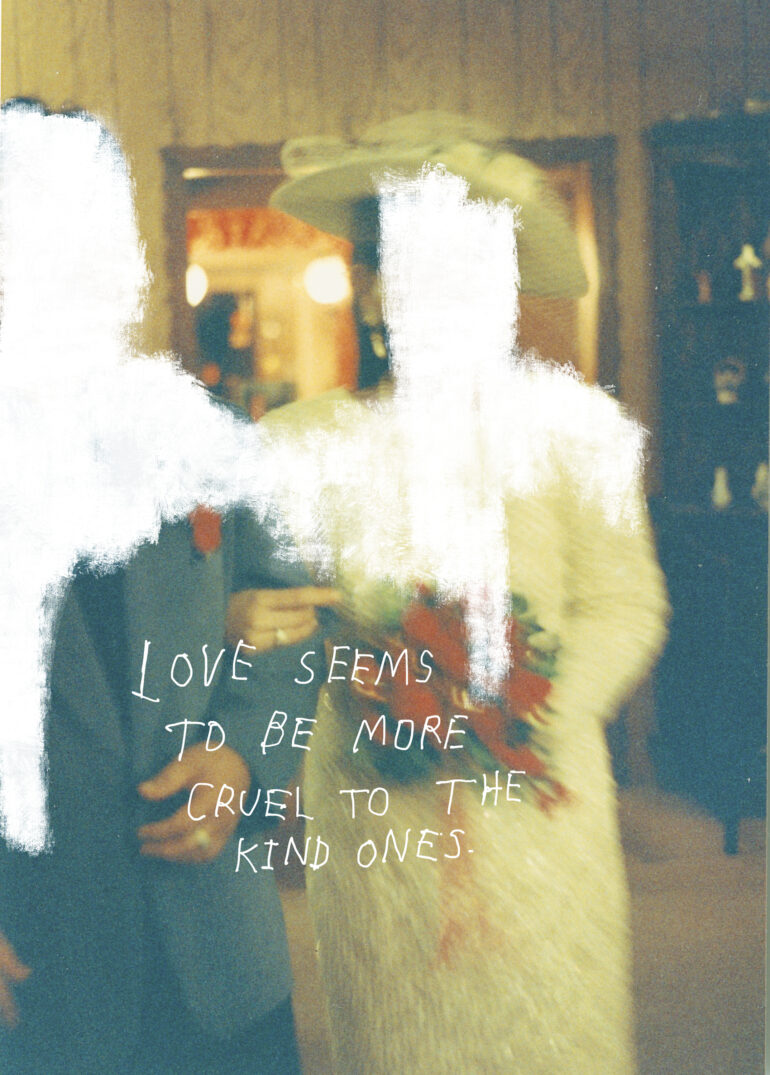
The Project
For years, Geloy incorporated words into his artwork. “If we’re talking about the visual style or approach of the project, even years before I knew photography I always incorporated words on my artworks, ” he states. “I made a lot of collages with words and illustrations. The idea of writing over the photos is from trying to vandalize these photos with words. I think doing graffiti when I was younger is a huge influence.”
When he started the project, Geloy asked his audience to write to him. So far, he’s received over 100,000 letters — and he reads all of them. That means that he never has time to go back and read old ones. He then super imposes text from the letters over the images.
On AI Imagery
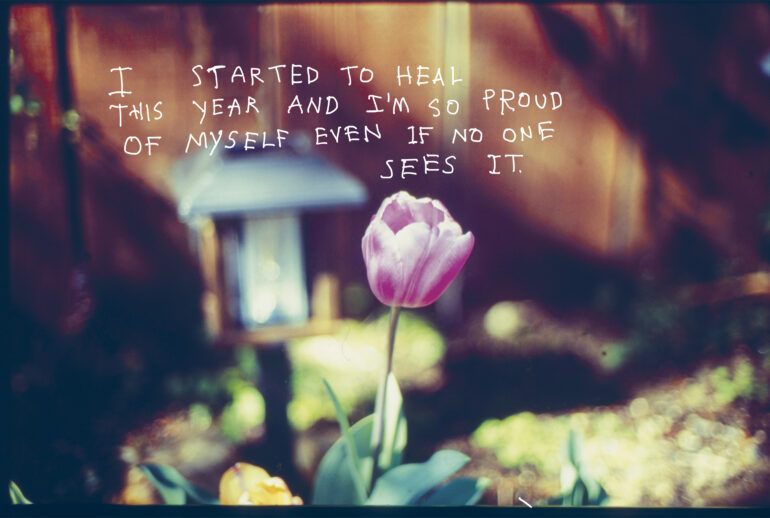
We haven’t seen anything like the work that Geloy does come out of the AI imagery world; at least not yet. But we’re always curious to know what photographers think of AI. Geloy thinks that technology will evolve if we like it or not. He thinks we need to always adapt and be prepared. “For AI images, I feel like as long as you indicate that it was made by AI then it’s okay,” he states. “I don’t think it should be used in fact-based work like in journalism. As time goes by, it will be harder and harder to differentiate what is real and what is computer generated, and that’s when I think the real problem will arise.”


